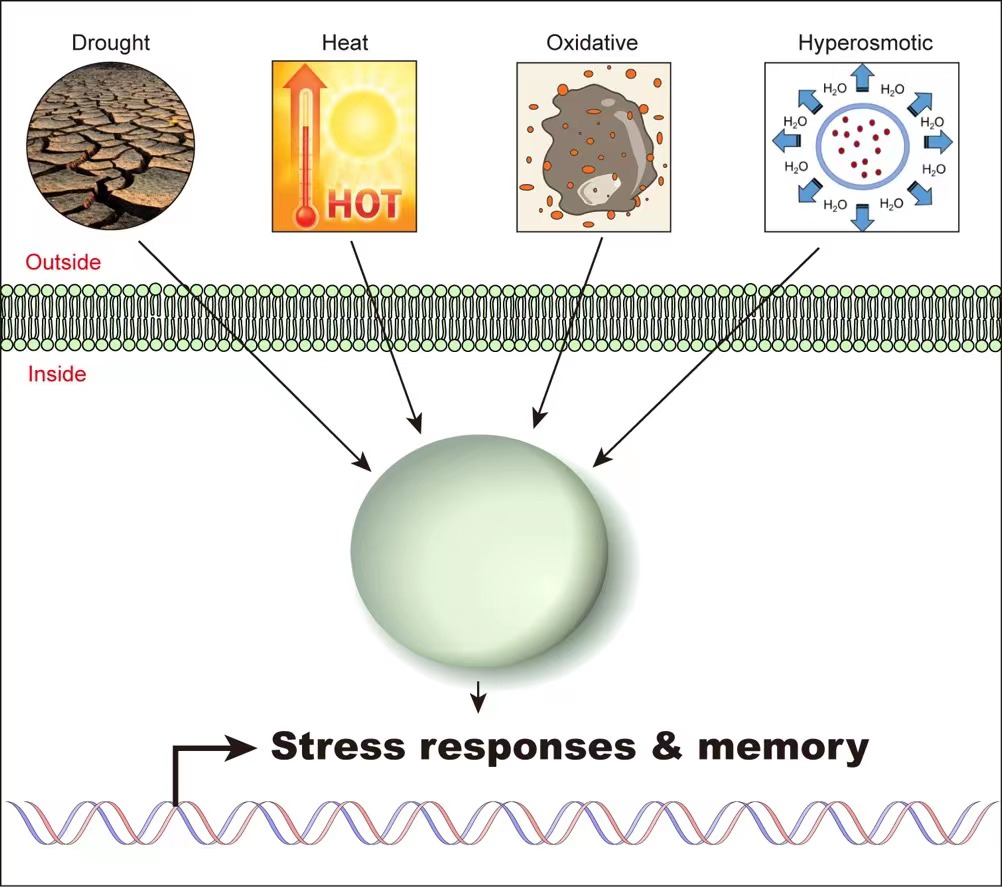Update date: 2021-08-20
Eukaryotic cells are physically compartmentalized to ensure the efficiency and efficacy of biochemical reactions and cellular functions. Membraneless organelle (MLO), which lacks a surrounding lipid membrane, represents a unique way for compartmentalization. It confers a wide range of functional advantages over membrane-bound organelles due to their ability to spontaneously and rapidly form and dissolve. MLOs are in most cases assembled through liquid-liquid phase separation (LLPS) of proteins and/or RNAs (Dignon et al., 2020; Hyman et al., 2014). Within a eukaryotic cell, there are numerous MLOs that are both spatially and temporarily localized (Figure 1).


MLOs can have diverse material states, including liquid, gel and solid. The transition between these states can be induced by stress treatment. While the liquid-state MLOs are highly reversible after stress recovery, the gel and solid MLOs can last for longer period of time, providing potential memory of stresses. Our lab are also interested in dissecting the roles of MLOs in stress memory (Figure 2).
References
- Dignon, G.L., Best, R.B., and Mittal, J. (2020). Biomolecular Phase Separation: From Molecular Driving Forces to Macroscopic Properties. Annu Rev Phys Chem 71, 53-75.
- Hyman, A.A., Weber, C.A., and Julicher, F. (2014). Liquid-liquid phase separation in biology. Annu Rev Cell Dev Biol 30, 39-58.
- Lin, Y., and Fang, X. (2021). Phase Separation in RNA Biology. J Genet Genomics.